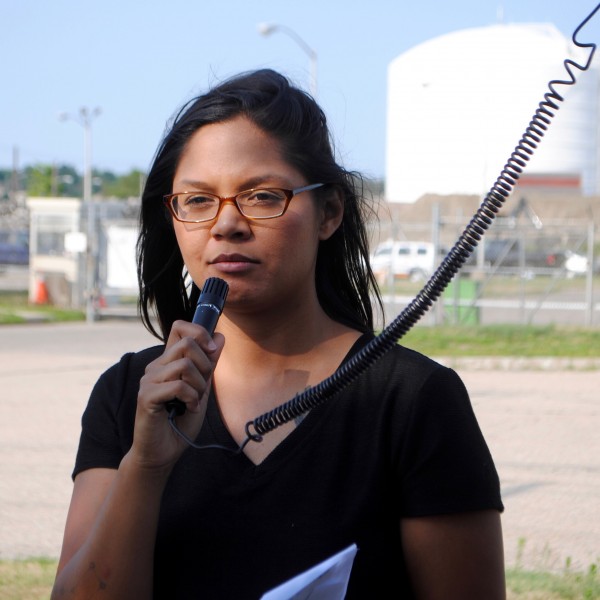
South Providence, at the port, is one of the heaviest concentrations of toxic chemical storage in New England, and not coincidentally, those who live in the area suffer the highest rates of asthma. Sherrie Anne Andre of the FANG Collective and Julian Rodríguez-Drix of the Environmental Justice League of Rhode Island lead a tour of over 60 people, including Green Party presidential candidate Jill Stein, along Allens Avenue, pointing out some of the worst polluters in our state.
The Rhode Island Recycled Metals facility was the first stop. In 2015 the US Coast Guard revealed that the site was operating without proper permits. As a result the facility was not in compliance with laws regarding oil spillage and storm water run-off. In general, recycling is a good and positive thing. But when done without concern for the health and safety of residents and the environment, the losses can outweigh the gains.
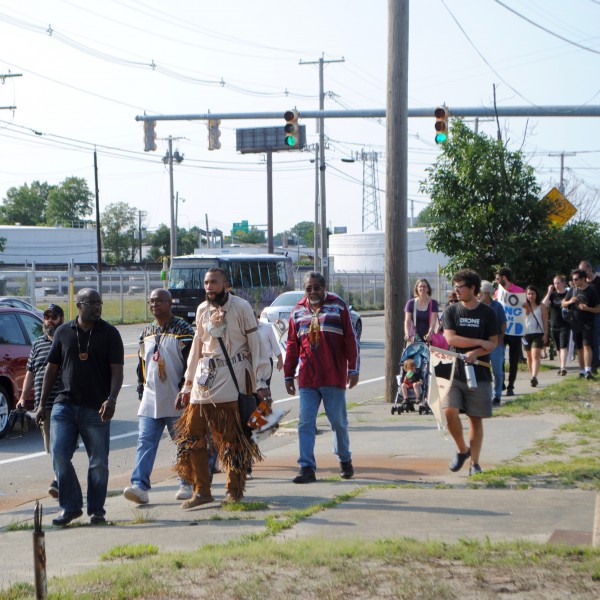
Motiva Enterprises LLC occupies both sides of Allens Avenue. Chemical piping actually runs underneath the road. Motiva is a joint venture between Saudi Aramco and Shell Oil. Here in Providence the facility is the largest of many fuel terminals in the port and a major importer of petroleum products. It receives regular shipments via tanker ship and exports via truck. The Port of Providence is the entry point for the majority of fuels that power southern New England. In 2014 Motiva managed 34,425 pounds of toxic waste products. Over 1000 pounds of toxic waste was emitted into the air, making Motiva the largest air emitter in the City of Providence.
Ethanol trains come through the port every week. Known as “bomb trains” elsewhere in the United States, similar trains were banned in Boston because of safety and toxic concerns. The ethanol is mixed at the Motiva facility and transported out.
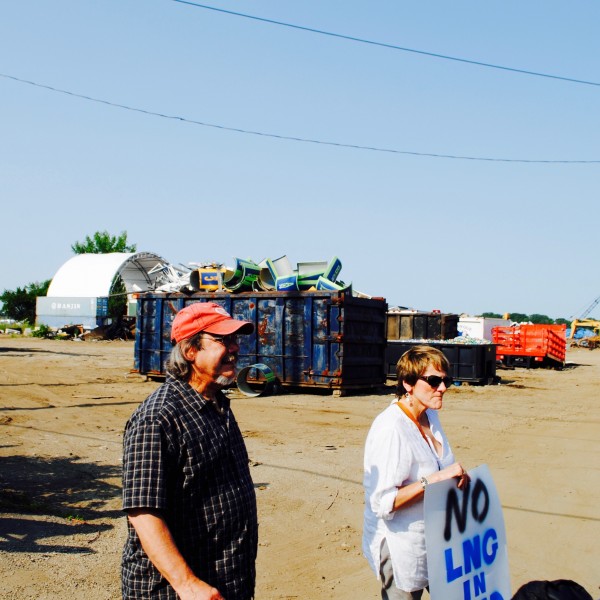
Univar is the largest facility in the area. It is a wholesale chemical distributor and chlorine manufacturer. As far as is known, though Univar produces chemicals used in fracking, they are not manufactured or stored in Rhode Island. There are 3.3 million pounds of toxic chemicals stored at the Univar facility. It is the most dangerous facility in all of Rhode Island, with a 14 mile hazard radius. Stored here are 1.4 million pounds of chlorine gas, 1.2 million pounds of anhydrous ammonia, 626,400 pounds of ammonium and 35,000 pounds of formaldehyde. each one requires a chemical risk assessment plan from the Environmental Protection Agency.
National Grid wants to upgrade its facilities at the Port of Providence by installing a liquefaction plant on the premises. This would allow the company to supercool LNG so that it becomes more compact, allowing the company to store much more LNG on the premises. Note that LNG is fracked methane, imported through pipelines to the facility. These pipelines, owned by Spectra Energy, run through Burrillville, through Cumberland, and across the bay from East Providence.
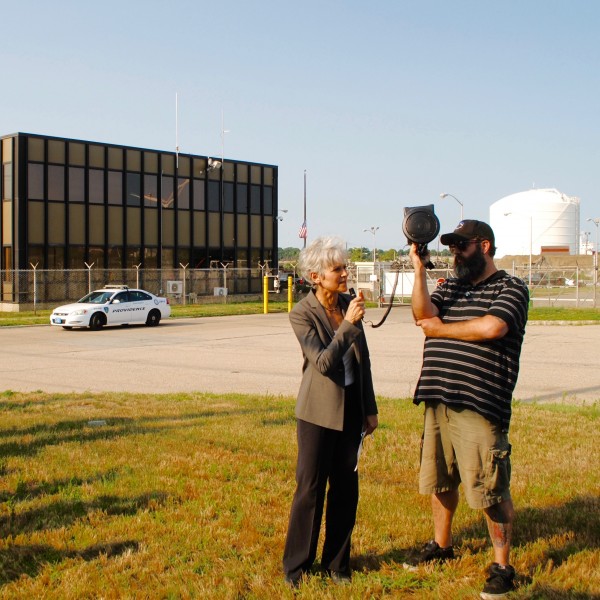
The existing storage tank is filled by truck. It takes about 2600 trucks to fill the 24.2 million gallon tank, said Andre.
The proposed LNG liquefaction facility will cost $180 million. These costs will most likely be passed on to consumers. The facility will be located between National Grid’s existing storage tank and the Univar facility. The energy required to power the liquefaction is equivalent to half of the energy generated by Deepwater Wind, the first offshore wind farm in the United States, presently under construction off the coast of Rhode Island.
One more concern: National Grid is located on the former site of a manufactured gas plant. The soil in the area is soaked with chemicals from when a company squeezed gas from coal, a toxic process that permanently contaminated the land. The RI Department of Environmental Management has records of dozens of other leaking, underground tanks in this area. “The soil we are walking on is known to be toxic,” said Rodríguez-Drix.
On the National Grid site, some of the chemical contaminants have been capped with the intention of keeping the contamination from further spreading, but this capping will be disturbed when construction begins, allowing the wind to carry the toxins into the air and into the bay for the two years of construction.
Below is video of the tour:
Green Party presidential candidate Jill Stein attended the Toxic Tour, and talked about the Green New Deal.
Raymond Two-Hawks spoke about the aboriginal response to the continued denigration of his ancestral lands.
Laura Perez is running for House District 11 against incumbent state Representative Grace Diaz.
Sheila Calderone is a resident of South providence and a member of the Environmental Justice League who suspects that illnesses she has suffered are a result of the pollutants she has been exposed to while growing up in the area.

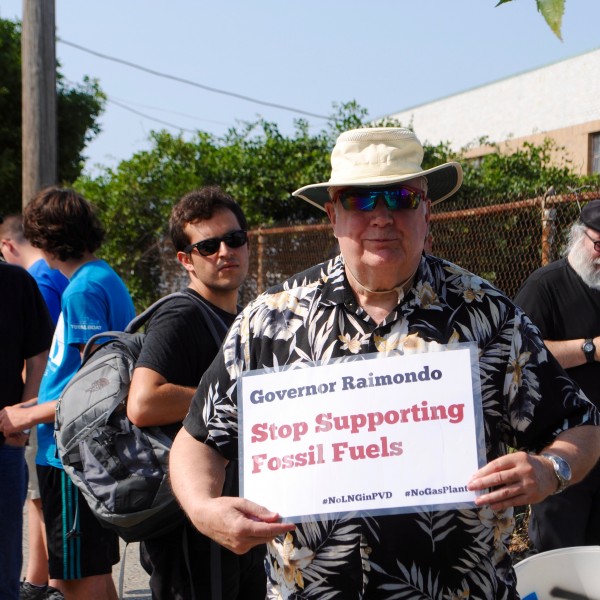
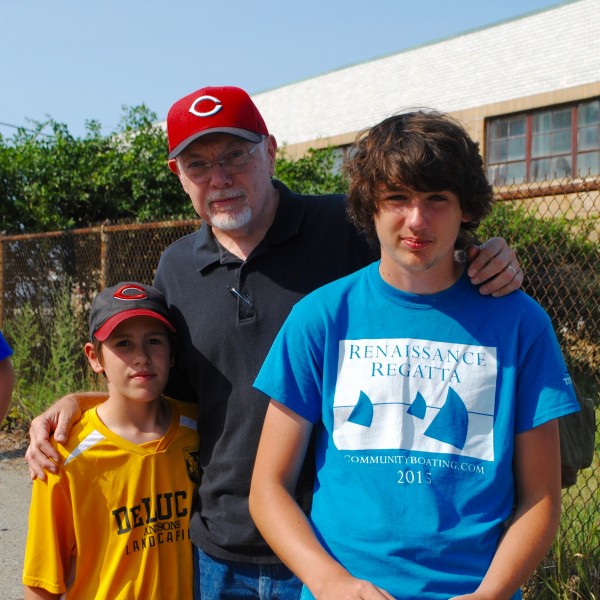
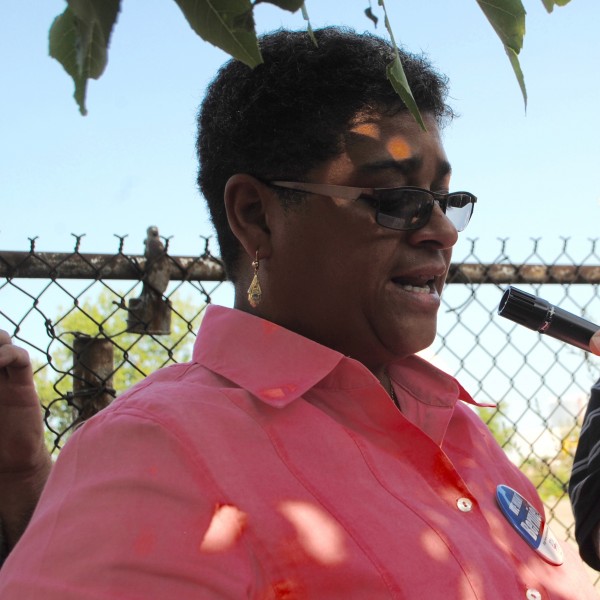
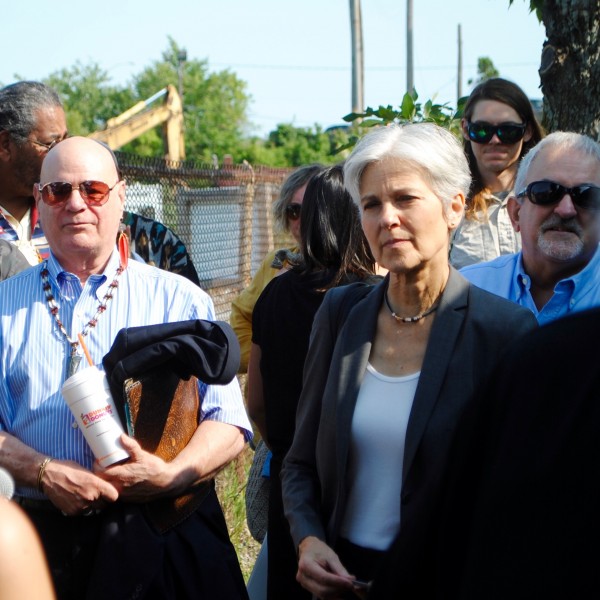
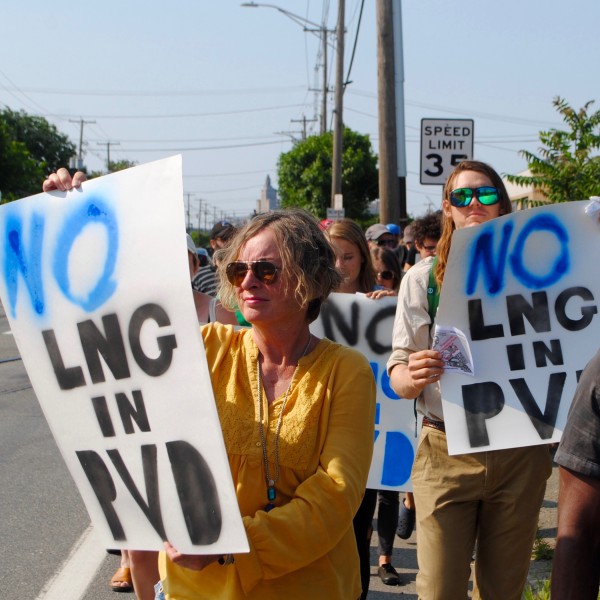
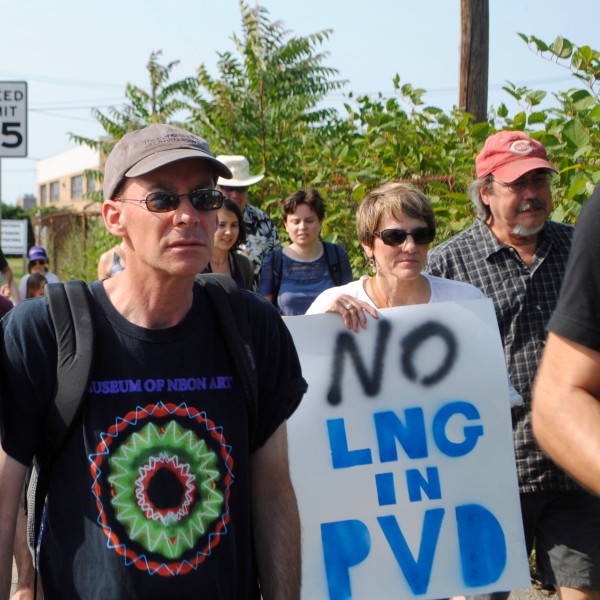

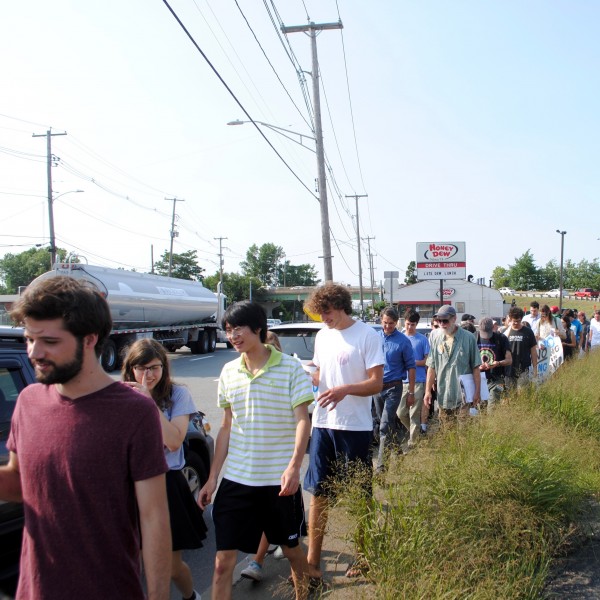
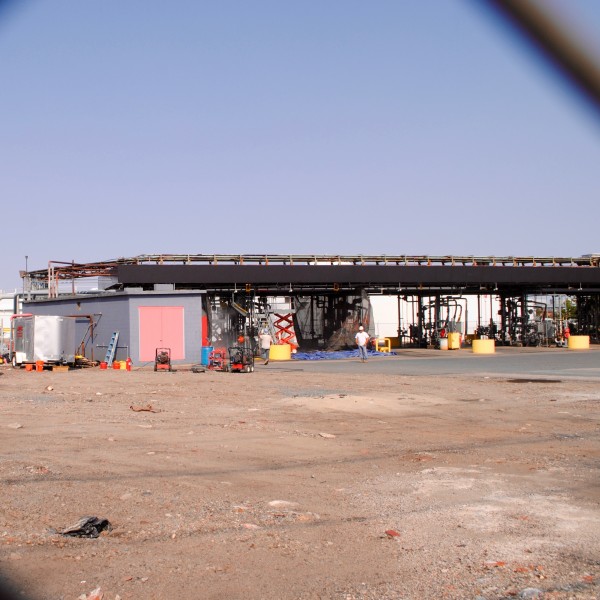
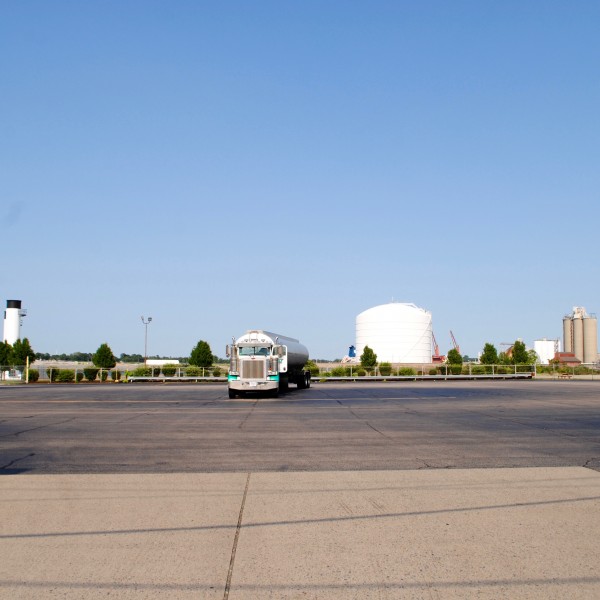


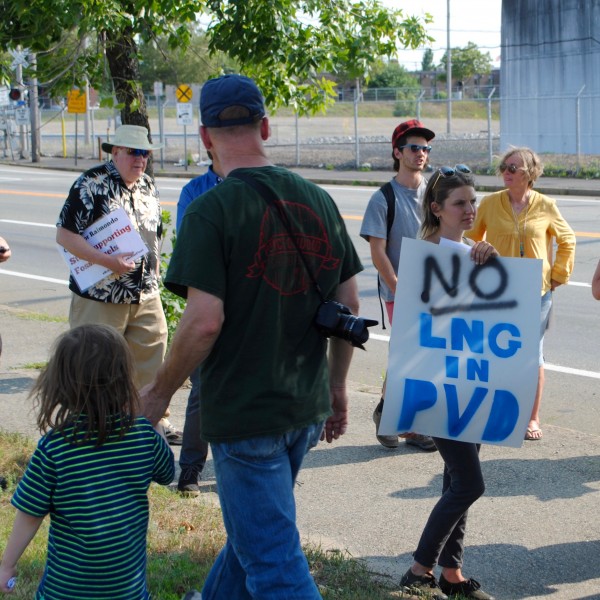
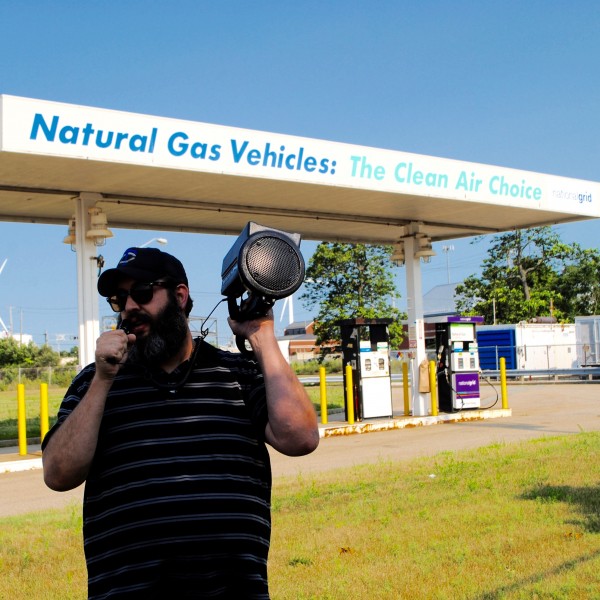
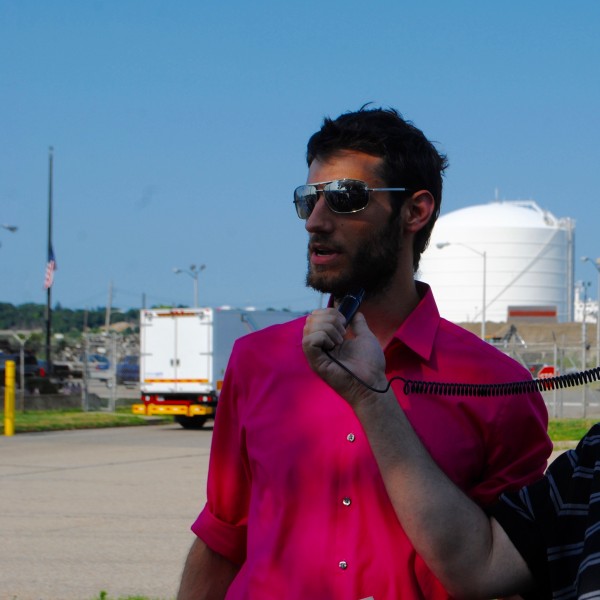
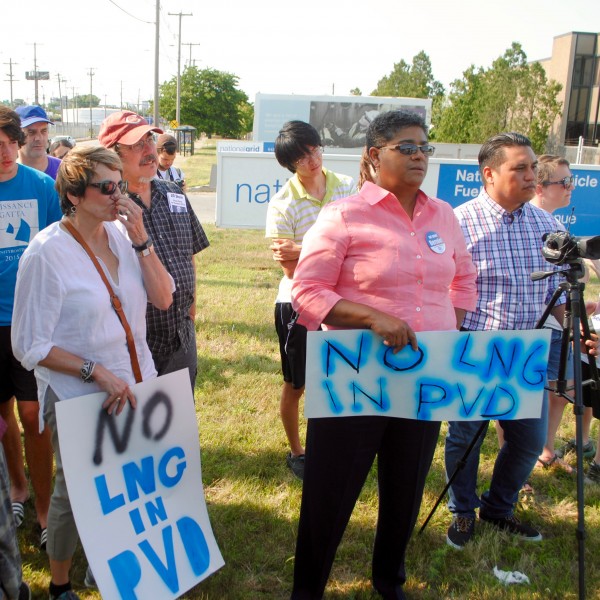

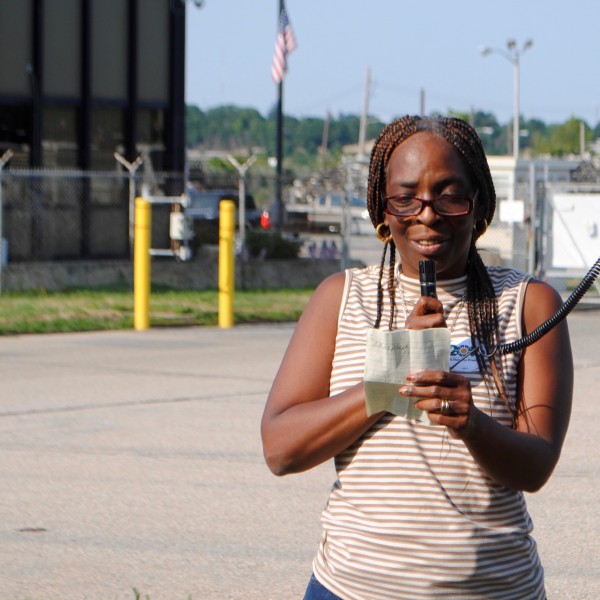
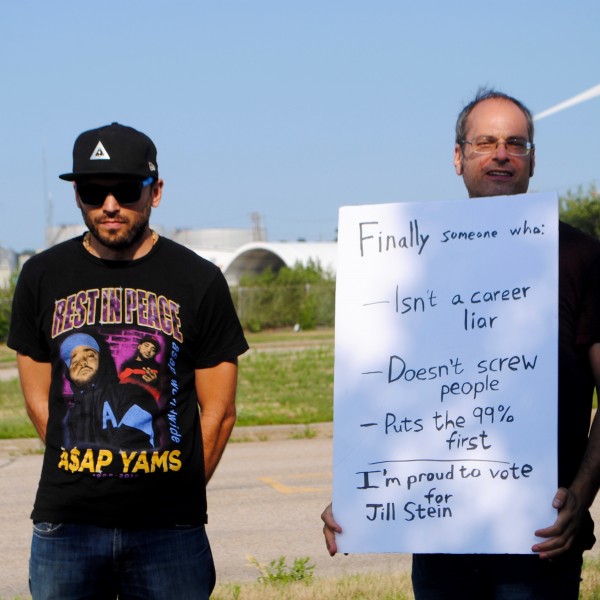
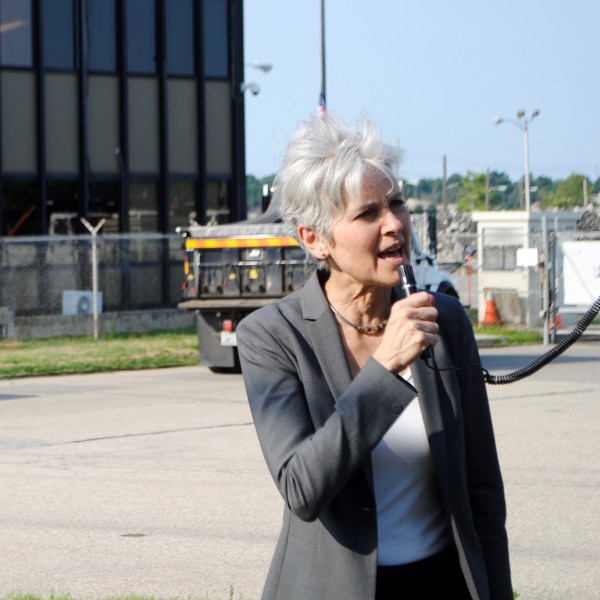
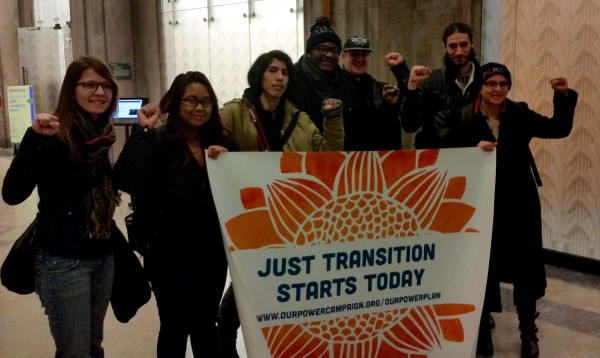 Environmental justice leaders from frontline communities hardest-hit by climate change and pollution converged on all 10 Environmental Protection Agency (EPA) regional office headquarters yesterday, to mark the end of the final public comment period for the Obama Administration’s federal Clean Power Plan (CPP) to reduce power plant carbon emissions 32% by 2030.
Environmental justice leaders from frontline communities hardest-hit by climate change and pollution converged on all 10 Environmental Protection Agency (EPA) regional office headquarters yesterday, to mark the end of the final public comment period for the Obama Administration’s federal Clean Power Plan (CPP) to reduce power plant carbon emissions 32% by 2030.
Members of the Environmental Justice League of Rhode Island (EJLRI) lead the efforts in Region 1, meeting with Curt Spalding, Administrator for the EPA’s New England Region, headquartered in Boston.
After their meeting with Spalding, I spoke to Dania Flores, EJLRI’s Executive Director and the coordinator of the action, and Julian Rodríguez-Drix, an EJLRI board member, in the hallway of the EPA offices.
“We’re part of the Climate Justice Alliance (CJA), a national alliance of climate justice grassroots groups. We decided that no one has engaged on the side of the people on the CPP plan which is a power generation plan on how the states are going to clean up their act,” said Flores.
The CJA is a collaborative of over 35 community-based and movement support organizations uniting frontline communities to forge a scalable and socio-economically just transition away from unsustainable energy towards local living economies to address the root causes of climate change. They have developed an “environmental justice counterpoint to the Clean Power Plan” they call “Our Power Plan.”
“One the first things in our plan is to engage with the EPA in each region to try to convince them that no one has actually meaningfully engaged the people,” said Flores, “We’re asking the EPA to comply with the law. They have the power to ask state governments to engage in meaningful engagement with frontline communities.”
Under Obama’s CPP, states have “until August to come up with a plan [reduce power plant carbon emissions] or they can ask for an extension,” said Flores, “but we are asking the EPA to tell states that already have a plan, ‘No, we don’t believe that you have actually meaningfully engaged with [frontline] communities.’”
Flores says that states have until 2018 to present their plan and that the CJA wants the plans “to include exactly how states engaged in meaningful engagement [with frontline communities.]”
Rodríguez-Drix said, “Here in Region 1 the issue we see is that the transition away from coal and oil very much favors natural gas as a fuel source and we have a number of very strong reasons that we do not believe that’s [a viable solution].”
The EJLRI’s position is that “if there’s energy infrastructure being built it has to be true renewables,” not energy based on extraction and burning.
Right now, to satisfy a requirement to invest in weatherization and renewables, National Grid tacks on a surcharge to all energy customers, “but the fund is mostly used for solar panels in the suburbs,” says Rodríguez-Drix. This means that poor communities are helping to subsidize the energy conversions of their richer neighbors.
“It benefits white homeowners, primarily,” says Rodríguez-Drix, “We need to look at the whole system and the economics behind it so that the system benefits frontline communities, not just in terms of jobs installing solar panels, but in terms of generating energy that is owned by people of color.”
This problem is exasperated by another issue primarily faced by poorer communities of color. “Slum lords aren’t the ones paying [energy] bills and they don’t care about [weatherization and energy efficiency]. [The communities we represent] have a lot of housing insecurity. We need incentives and investments that will put people of color to work installing and benefiting from increased weatherization and energy efficiency.”
“I had the sense that Spalding was sympathetic to what we had to say,” said Rodriguez-Drix.
“A lot of the conversation revolves around what the translation of certain words in the law is,” said Flores, “What it means to them and what it means to us. When we talk about community engagement, what does it mean to be meaningful? We think we are going to be engaged and be part of the conversation. When they talk about engagement it means they are going to leaflet someplace and schedule two meetings.
“Real meaningful engagement is a lot more work than they have been doing.”
Though this was a nationwide effort, not every EPA office allowed for this level of engagement from CJA aligned groups. “In some EPA offices, meetings like this did not occur,” said Flores, “In some offices an activist would hand over written material to a secretary.”
“EPA welcomes public input from all parties on the Clean Power Plan,” said Spalding when asked for a comment, “We are pleased that stakeholders and communities are actively engaging in the public comment process because robust public participation leads to better outcomes for our health and environment. It is important that environmental justice communities provide EPA with their unique perspective on proposals like the Clean Power Plan.
“EPA is committed to ensuring meaningful public involvement throughout implementation of the Clean Power Plan, so that all communities benefit equally from this vital step to address climate change and protect our health and environment. EPA will consider the input we have received before taking final action.”
Flores, the EJLRI and the CJA see this contact as the beginning of a series of conversations. “We’re going to up the ante as this develops. If the EPA doesn’t push states to wait until 2018 to submit plans, after meaningfully engaging with frontline groups, we will be pushing towards a national gathering in the Summer,” said Flores.
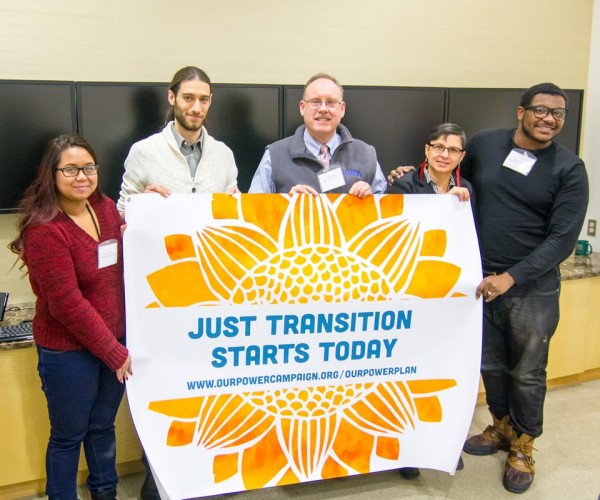
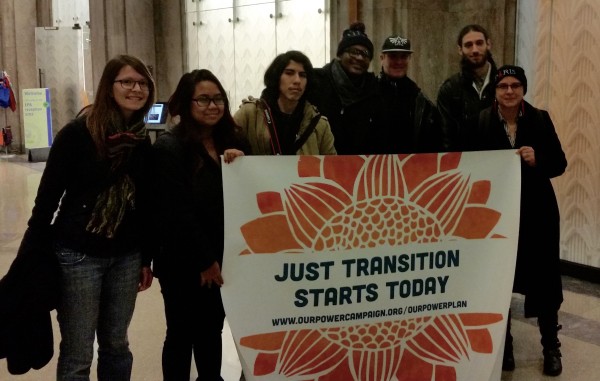
 No one spoke in favor of the project, but more than 100 people packed the room and 33 people spoke against National Grid‘s plan to build a $100 million methane gas liquefaction facility in Fields Point in South Providence before representatives of FERC (Federal Energy Regulatory Commission), the agency tasked with the job of approving or disapproving the project.
No one spoke in favor of the project, but more than 100 people packed the room and 33 people spoke against National Grid‘s plan to build a $100 million methane gas liquefaction facility in Fields Point in South Providence before representatives of FERC (Federal Energy Regulatory Commission), the agency tasked with the job of approving or disapproving the project.
One after another speakers from the affected community, environmental activists, concerned Rhode Islanders and elected members of the General Assembly spoke passionately about negative environmental impacts and the explicit environmental racism implicit of National Grid’s plan.
The liquefaction facility is to be located adjacent to one of Rhode Island’s poorest communities, which already suffers from higher rates of asthma and other respiratory ailments. This community has become a sacrifice zone, a place where dangerous chemicals are stored. A representative from FERC admitted that some additional methane leaks are to be expected as a result of this plan, and methane is one of the most dangerous gases contributing to global warming and global catastrophe.
Peter Nightingale, a member of Fossil Free Rhode Island, has been involved in several FANG (Fighting Against Natural Gas) actions and who was arrested for his peaceful protest at Senator Sheldon Whitehouse‘s Providence office, pulled no punches when he told FERC, “To you who are here silently doing your jobs for this project I have but one thing to say: You are complicit in crimes against humanity and against Mother Earth.”
Monae McNeil, from the Environmental Justice League of Rhode Island (EJLRI), a group central to the community’s resistance to this project, said, that this project “puts low-income communities at risk, if something were to happen.” The site of the project is not protected by the hurricane barrier. There was an earthquake near this location in August. A disaster at this facility would affect as many as 140 thousand Rhode Islanders.
Jan Luby pointed out that no storage facilities like this are being proposed for Barrington, Lincoln or East Greenwich. Instead, these projects are proposed for low-income communities where resistance is expected to be minimal.
Greg Gerritt spoke on behalf of the Green Party of RI and Prosperity For RI. FERC, he said, “has never turned down one of these projects” demonstrating that the agency is not serious about climate change.
Kate Schati doesn’t live on the South Side, but she cares what happens there, because “it affects the people who live in Providence with me… I don’t want them to be at risk of a breach or a leak or an explosion or even the normal operation of a plant…”
Ben Boyd: “…we need to be investing in clean, renewable, sustainable energy sources…”
One of the most impassioned testimonies of the evenings came from Stephen Dahl, of Kingston, RI. “Weep, weep, weep, weep,” he began, quoting William Blake on the Industrial Revolution. This was more performance piece as testimony, and was powerful.
Marti Rosenberg lives within the affected community. “This project shows us that the impact of fracking is much closer than we think.” Methane is used by communities near the South Side, but the South Side itself not so much. Instead, this community bears the brunt of the negative impacts of methane gas, and none of the benefits.
Peter Sugrue questioned National Grid’s motives for project. “We will clearly see a rate increase for this $100 million project,” yet all National Grid is promising is a smoothing of price volatility. How does this benefit Rhode Islanders, is that even to be honestly expected and is it worth the cost?
Paul Klinkman
Liberty Goodwin
Karen Palmer
Nick Katkevich of FANG, which has lead several actions against fracked gas infrastructure in Burrillville and Providence, promised resistance to this project in the event that FERC approves it.
Gina Rodriguez-Drix is a resident of Washington Park, a mother of two and a birth worker, is “deeply concerned about the disproportionate effects” this project will have on women and children of color in her neighborhood and other affected communities.
Julian Rodriguez-Drix is tired. “I’ve got a family with two kids, a full time job, and now it’s up to us to us, spending our free time poring through pages and pages of bureaucratic nonsense that is trying to find ways to justify a facility that you’ve heard everyone here speak out against.”
Representative Aaron Regunberg
Claudia Gorman
Servio
Lisa Petrie
Yudiglen Sena-Abrau
Jesus Holguin
Ana Quezada
Dania Flores is a board member of EJLRI. She spoke to the community (not to FERC) about how National Grid’s plan impacts the Latino community, about how we have our own solutions, and how we need to deport National Grid.
Paul
Beth Milham
Senator Josh Miller
Senator Juan Pichardo
August Juang
Vanessa Flores-Maldonado
Helen MacDonald
Steve Roberts
Susan Walker
Michelle Lacey
Will Lambek
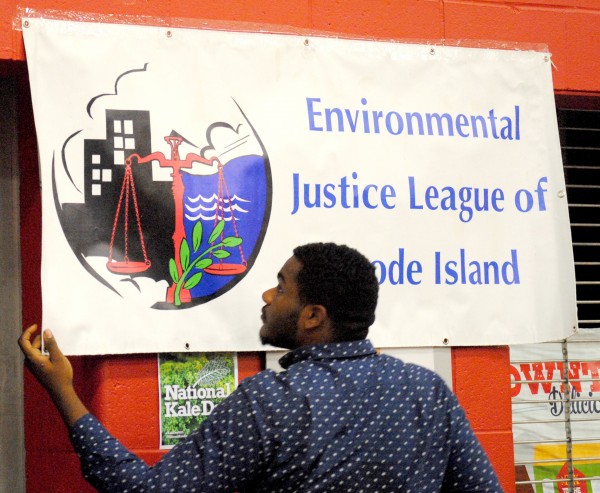
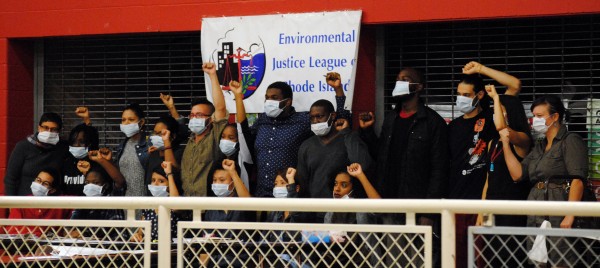

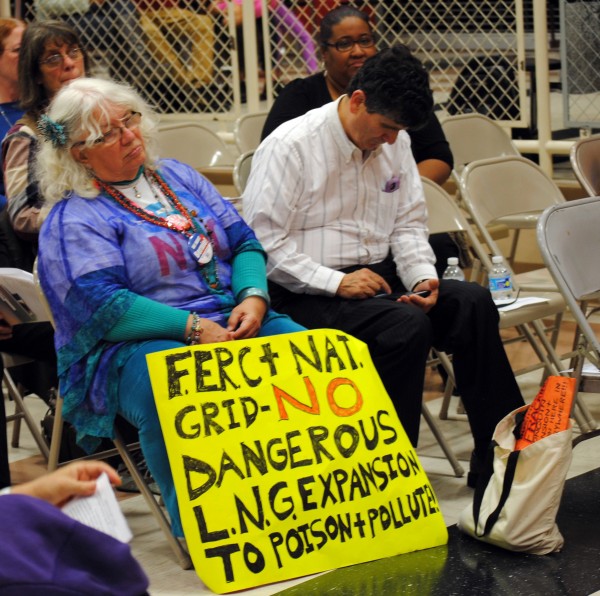
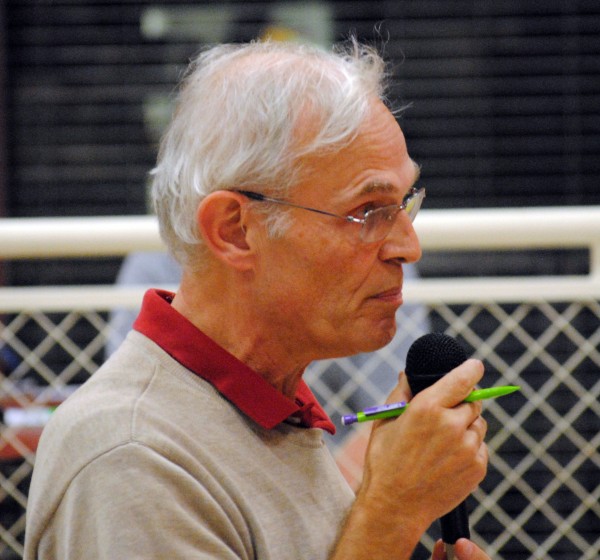
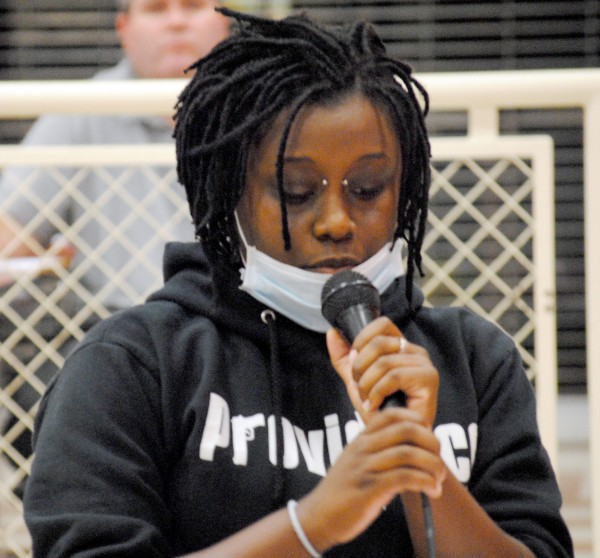
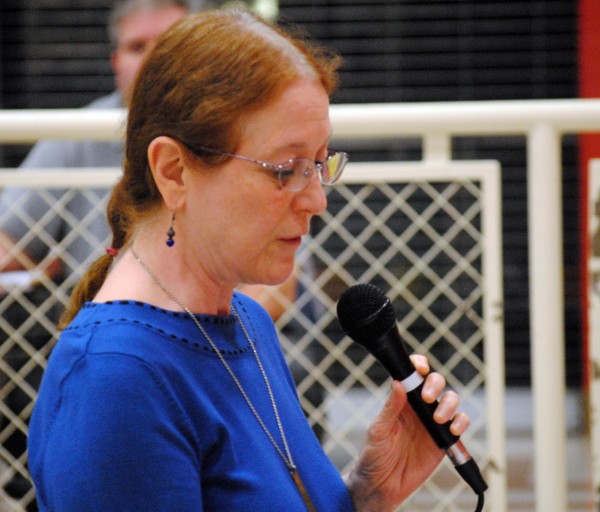
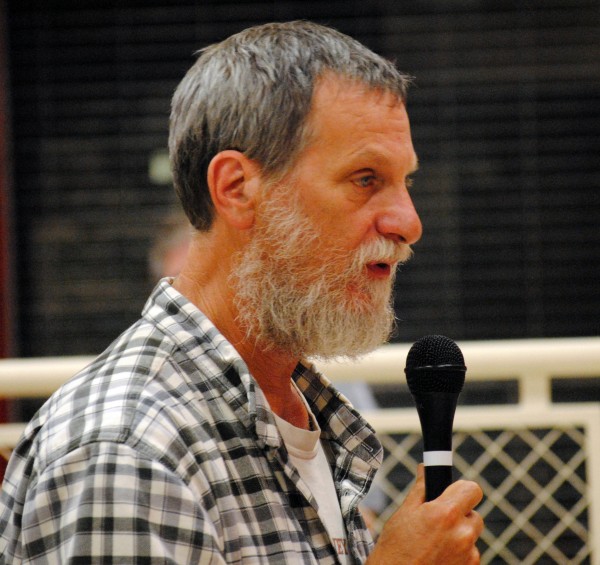
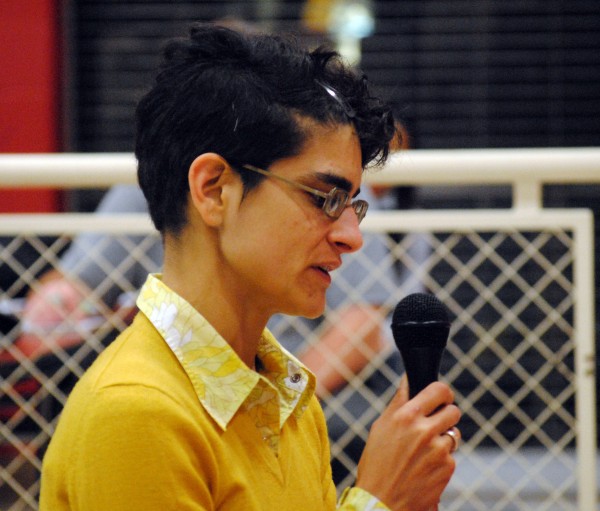
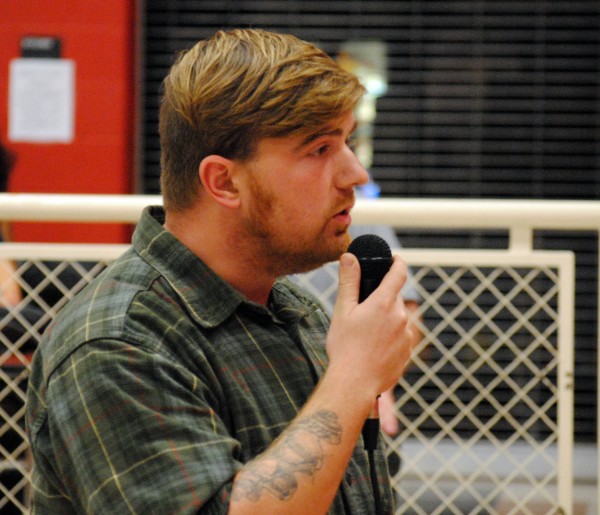
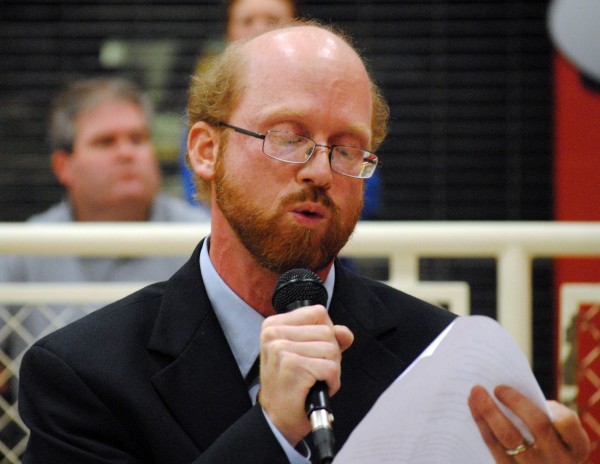
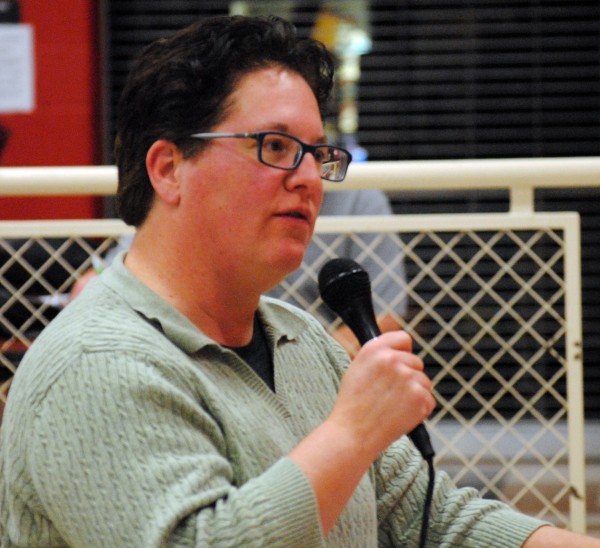
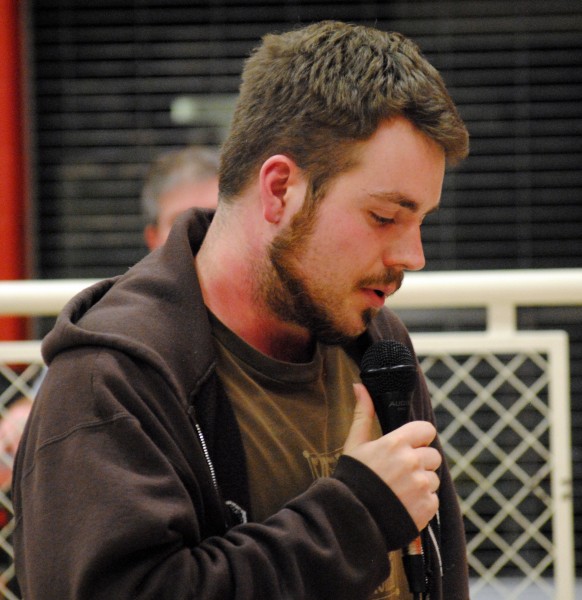
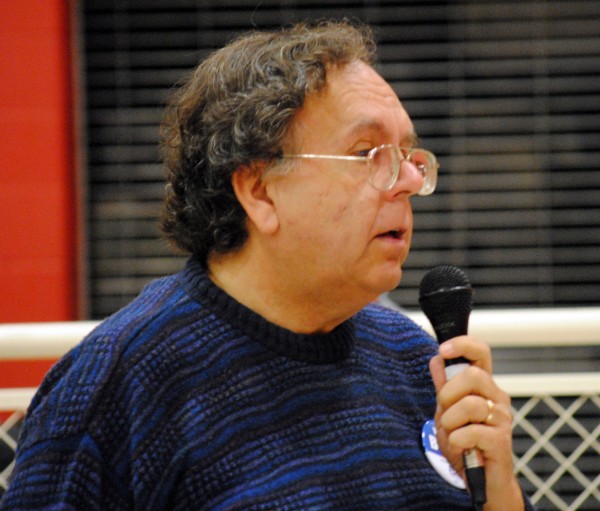
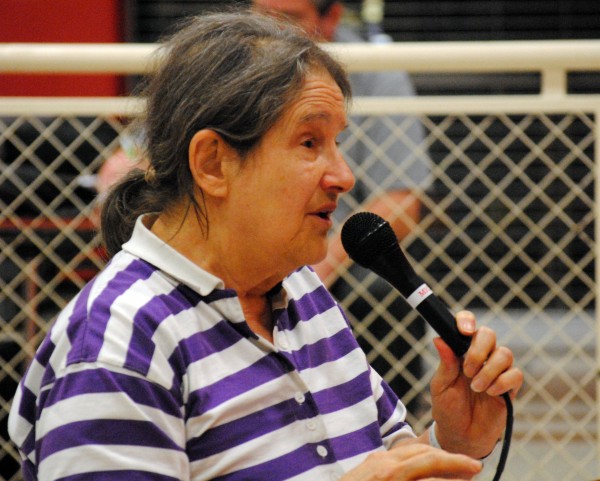
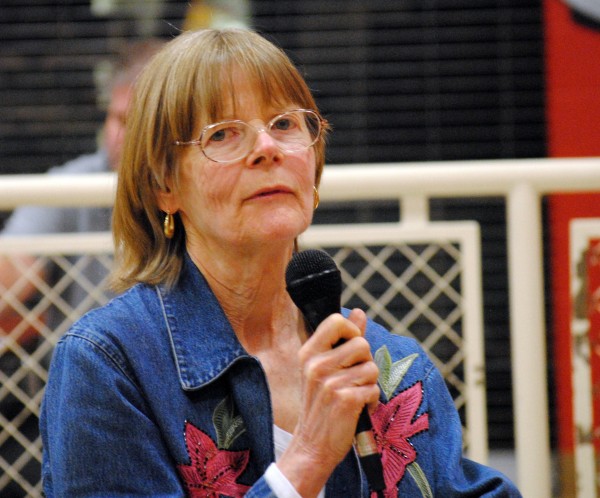



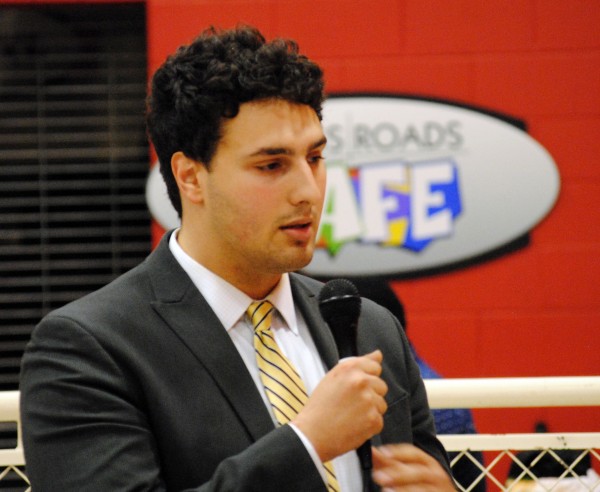
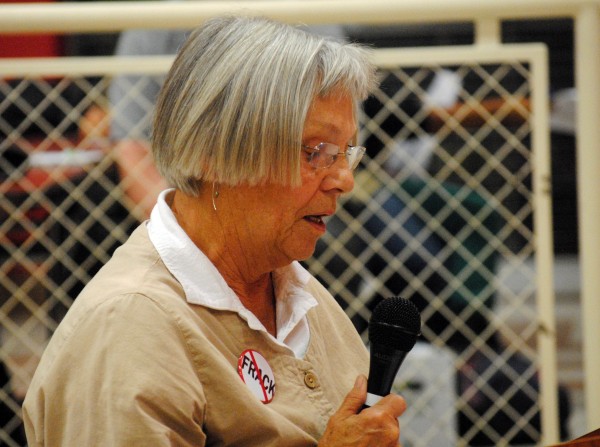
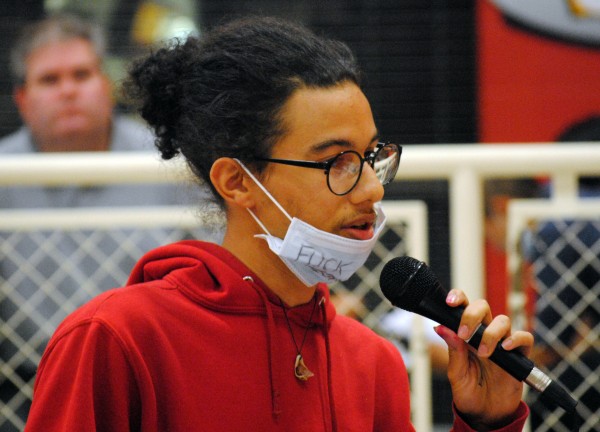
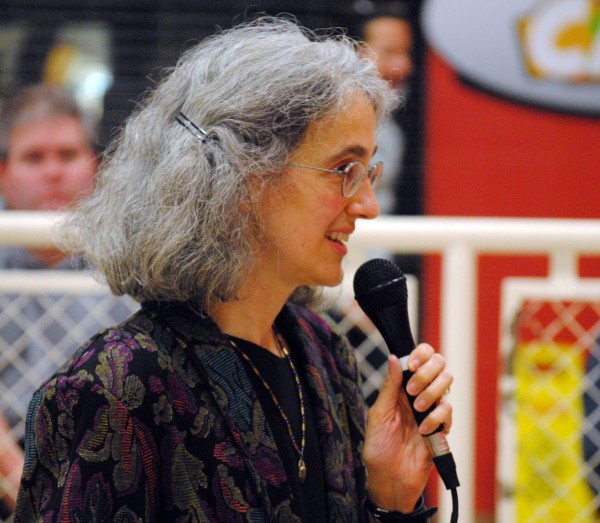

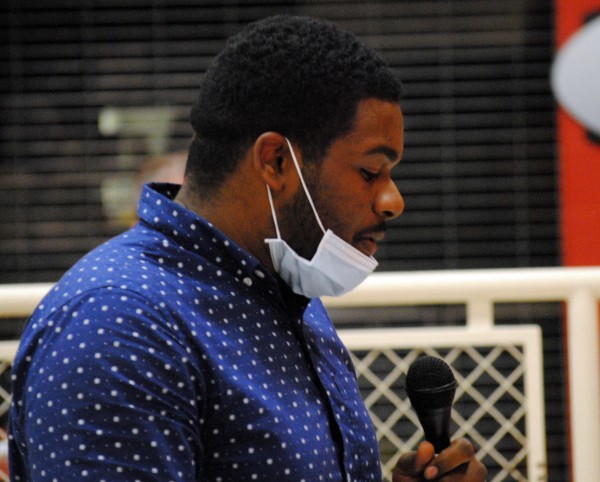
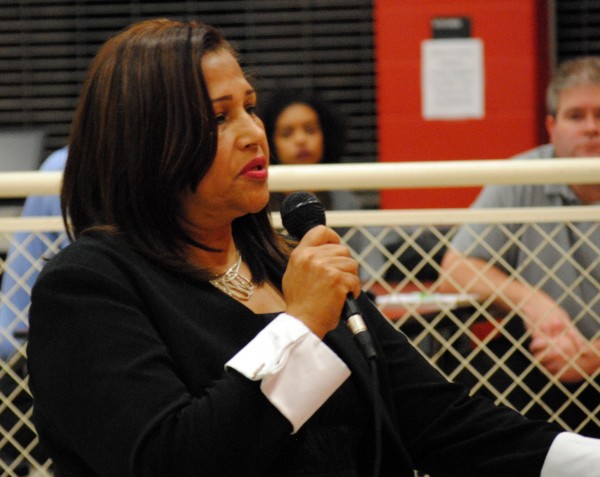
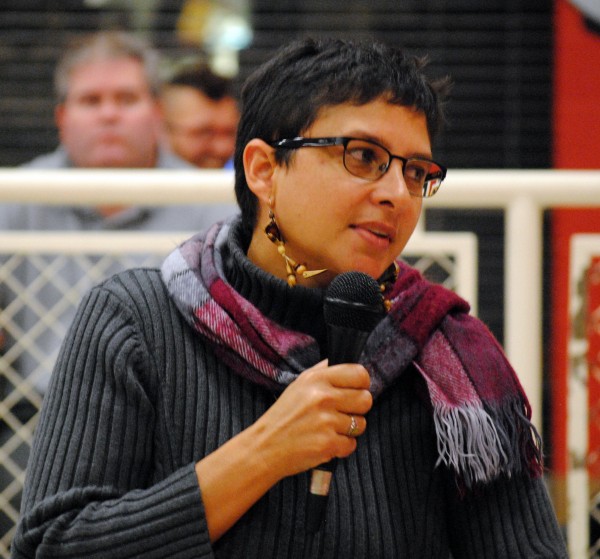
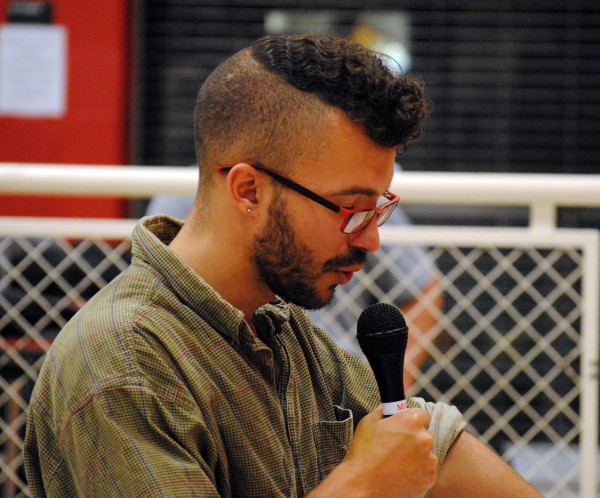
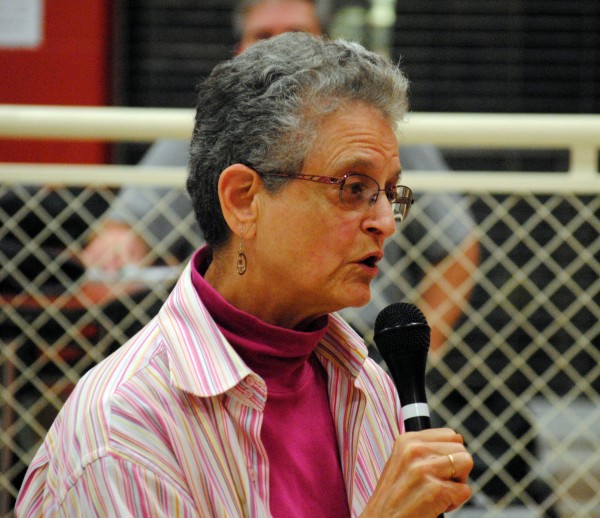
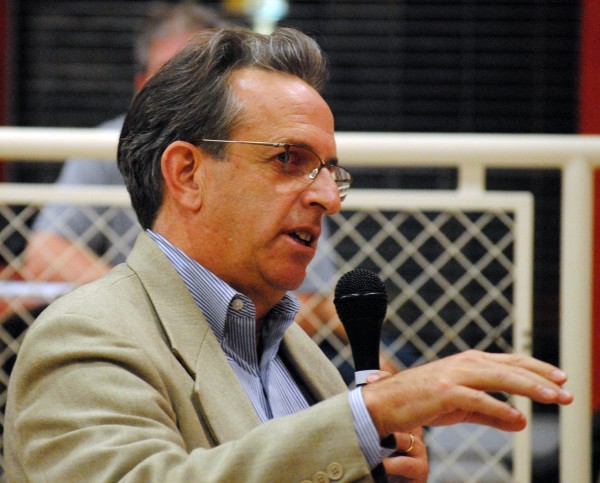
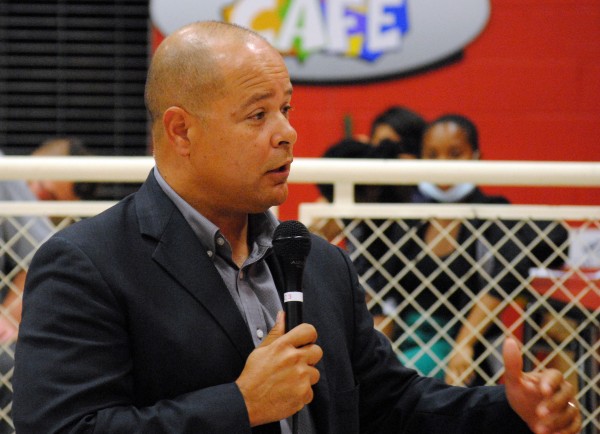

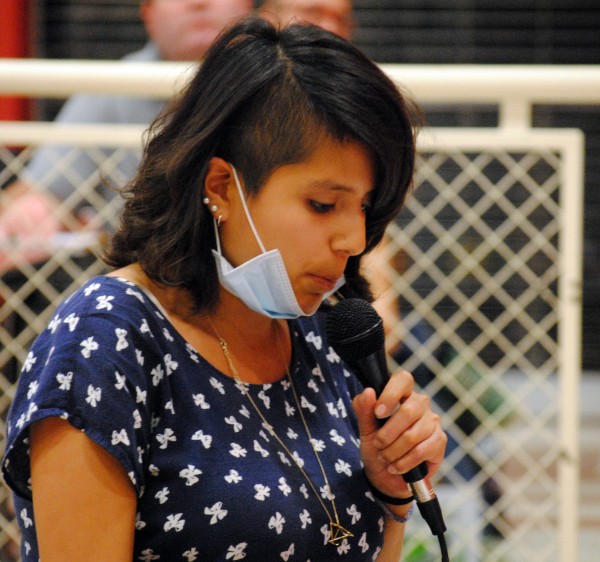


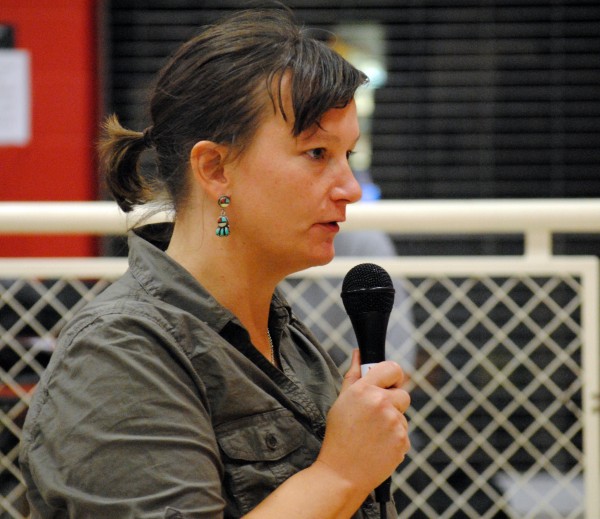
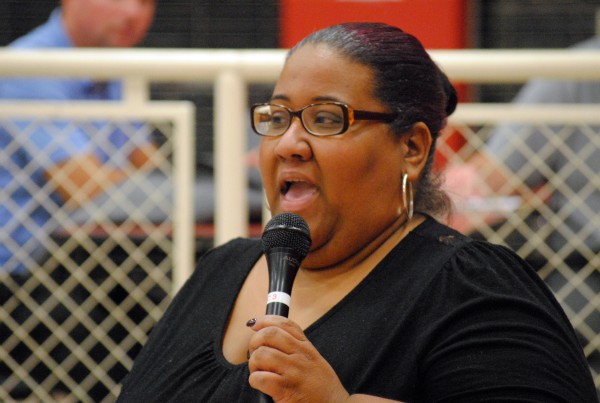
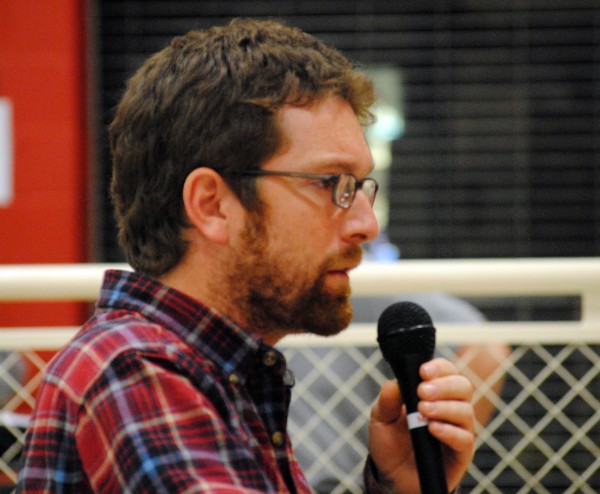
 National Grid‘s plan to build a LNG liquefaction system at the Fields Point LNG Plant on Providence’s South Side met with vocal opposition from several environmental, social and economic justice groups and highlighted the issue of racial injustice in environmental politics. Representatives from the Providence Youth Student Movement (PrYSM), the Providence Student Union (PSU) and the Environmental Justice League of Rhode Island (EJLRI) took control of the room at one point to conduct a peaceful speak out for the benefit of representatives from both National Grid and FERC (Federal Energy Regulatory Commission.)
National Grid‘s plan to build a LNG liquefaction system at the Fields Point LNG Plant on Providence’s South Side met with vocal opposition from several environmental, social and economic justice groups and highlighted the issue of racial injustice in environmental politics. Representatives from the Providence Youth Student Movement (PrYSM), the Providence Student Union (PSU) and the Environmental Justice League of Rhode Island (EJLRI) took control of the room at one point to conduct a peaceful speak out for the benefit of representatives from both National Grid and FERC (Federal Energy Regulatory Commission.)
 The event, as planned by National Grid, was unusual. Instead of a series of presentations delivered from a stage, the presentations were arranged around the room in the cafeteria of the Juanita Sanchez Educational Complex. At each stop you could learn more about National Grid’s plans for installing a new plant for liquefying natural gas for storage in an existing tank. This had the effect of making each stop along the way a little more personal, as aspects of the project were explained in a one on one manner by National Grid reps.
The event, as planned by National Grid, was unusual. Instead of a series of presentations delivered from a stage, the presentations were arranged around the room in the cafeteria of the Juanita Sanchez Educational Complex. At each stop you could learn more about National Grid’s plans for installing a new plant for liquefying natural gas for storage in an existing tank. This had the effect of making each stop along the way a little more personal, as aspects of the project were explained in a one on one manner by National Grid reps.
 When I arrived, about an hour before the event started, I noticed the presence of five Providence police officers outside. Inside, the event was being watched over by two additional officers, one a lieutenant. There were some members of the community present, but most of those who attended seemed to be with the RI Sierra Club or Fossil Free Rhode Island and opposed to National Grid’s plan. Members of these groups were content to engage the various National Grid and FERC reps in conversation.
When I arrived, about an hour before the event started, I noticed the presence of five Providence police officers outside. Inside, the event was being watched over by two additional officers, one a lieutenant. There were some members of the community present, but most of those who attended seemed to be with the RI Sierra Club or Fossil Free Rhode Island and opposed to National Grid’s plan. Members of these groups were content to engage the various National Grid and FERC reps in conversation.
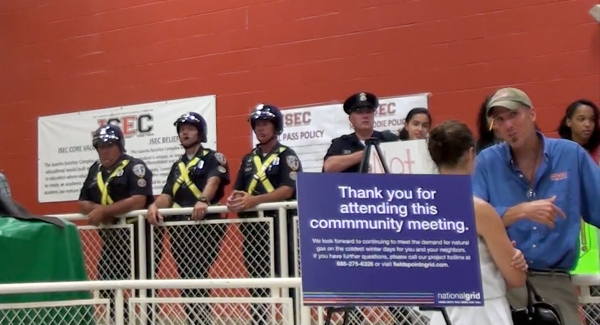 When the young people representing PrYSM, PSU and EJLRI entered the room, they were followed in by the police officers from outside, three of whom were wearing their motorcycle helmets.
When the young people representing PrYSM, PSU and EJLRI entered the room, they were followed in by the police officers from outside, three of whom were wearing their motorcycle helmets.
“They’re motorcycle officers,” said the Lieutenant when I asked why seven police officers were needed, “That’s not riot gear. I just called them in.”
“So they were outside, directing traffic?” I asked.
“Yes,” he replied, “Once we clear here, they’ll go back to traffic duty.”
“I know from other actions I’ve covered that these are all decent kids,” I said.
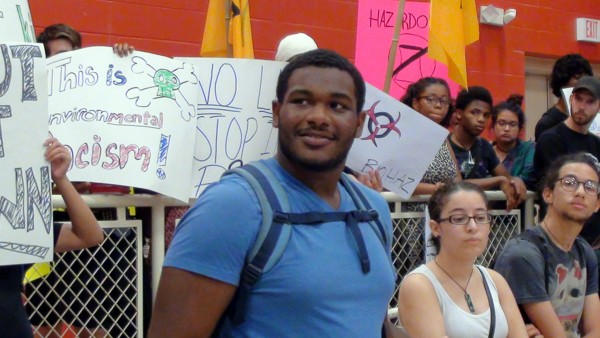 “We don’t know that,” said another officer, “We didn’t know who was coming, or how many. We saw a bus pull up and then we saw all the bullhorns and the lieutenant asked, ‘All right, who’s in charge?’ We just wanted to lay down some ground rules, some normal, by the law ground rules, and they just completely ignored us.”
“We don’t know that,” said another officer, “We didn’t know who was coming, or how many. We saw a bus pull up and then we saw all the bullhorns and the lieutenant asked, ‘All right, who’s in charge?’ We just wanted to lay down some ground rules, some normal, by the law ground rules, and they just completely ignored us.”
When I asked David Graves, media relations representative for National Grid about the number of police officers present, he said that initially, National Grid had asked for a two officer detail, but, “when those protesters were arrested this morning in Burrillville, the police department called us and we said that they should do what they feel is the right thing to do and assign a larger detail.”
Graves was talking about activists from FANG (Fighting Against Natural Gas) chaining themselves to the gate at the Spectra Energy Compressor Station. “I don’t think these people are associated with that group,” added Graves.
Still, it was hard not to see the sudden explosion of police on the scene occurring precisely when people of color arrived as anything other than an expression of the kind of institutionalized environmental and economic racism that the groups were protesting. For a primer on environmental racism, you could a lot worse than watching Jesus Holguin below.
The appearance of racialized policing was heightened when the activists from PrYSM, PSU and EJLRI left the room and all seven police officers followed them outside, leaving no police officers in the room. I note here that the two men arrested in Burrilville were white and middle-aged, like the people left in the room without police officers, not young people of color, who conducted themselves fully within the law and left the room in peace. One of the two men arrested in Burrillville, Dr. Curtis Nordgaard, commented on the treatment he experienced as he made his first foray through the criminal justice system, after being released from District Court on personal recognizance earlier the same day. “Part of why we can do this,” said Nordgaard, “is because of our privileged status.”
National Grid’s rep David Graves disagreed with much of what the various protesters said during their speak-out, but he knew the protesters weren’t trouble. “These kids are wonderful,” he said.
As the fight against environmental racism and for a clean energy future intensifies in the years to come, we should expect large corporations such as National Grid to increasingly rely on the government to use the power of the police to intimidate opposition. Billions of dollars are ready to be spent to prevent the transition to a clean energy future, and the billionaires in control of that money will not let go without a fight. As Dr. Noel Healy said, “There is no fixable flaw in fossil fuel industry business plan. We are asking a company to go out of business.”
]]> National Grid asked for public comment on their plan to build a LNG liquefaction system at the Fields Point LNG Plant on Providence’s South Side, and boy, did they get it. Representatives from the Providence Youth Student Movement (PrYSM), the Providence Student Union (PSU) and the Environmental Justice League of Rhode Island (EJLRI) took control of the room to conduct a peaceful speak out for the benefit of representatives from both National Grid and FERC (Federal Energy Regulatory Commission.)
National Grid asked for public comment on their plan to build a LNG liquefaction system at the Fields Point LNG Plant on Providence’s South Side, and boy, did they get it. Representatives from the Providence Youth Student Movement (PrYSM), the Providence Student Union (PSU) and the Environmental Justice League of Rhode Island (EJLRI) took control of the room to conduct a peaceful speak out for the benefit of representatives from both National Grid and FERC (Federal Energy Regulatory Commission.)
Julian Rodríguez-Drix of the EJLRI, did a great job outlining the dangers, from asthma to earthquakes. In under seven minutes Rodríguez-Drix basically presented every objection to the liquefaction expansion. He also told a chilling story of taking pictures of the LNG tank after the recent earthquake to see if it had suffered an damage, and his friend’s interrogation by the FBI as a result.
“This whole area is on the wrong side of the hurricane barrier. So a storm surge is just going to double back, protecting downtown, but hitting South Side doubly hard.”
Jesus Holguin of the EJLRI said, “All that pollution rains in our community, giving our community high rates of asthma.”
“So my mom just had a baby three weeks ago,” said Daniel, speaking on behalf of PrYSM. Daniel lives practically across the street from the proposed site. “You should already know that living there is not a safe place to raise a baby.”
Steven Roberts, of the EJLRI, openly doubted that the temporary construction jobs this project would create would impact his community at all. “We don’t know how many jobs have been set aside for folks in this disadvantaged community.”
“Slave ships create jobs, asbestos creates jobs, fracking creates jobs,” said Roberts, “we want people to have jobs and economic stability, but not on the backs of people who look like me…”
]]>